Premium Only Content
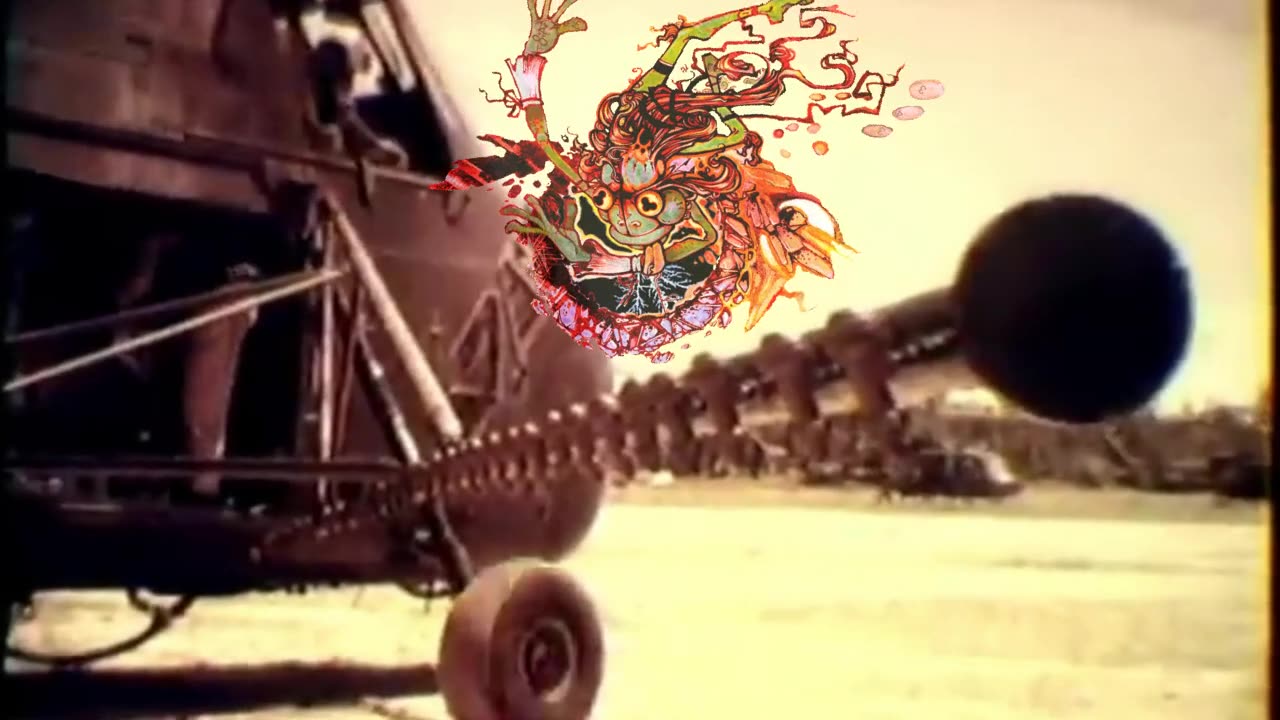
The End Five To One The Doors
The End Album: The Doors (1967)
Five To One Album: Waiting For The Sun (1968)
The Doors
This was the most explicit lyrics of the day... so be warned.
"The End" is death, although the song also deals with Jim Morrison's parents - it contains Oedipal themes of loving the mother and killing the father. Morrison was always vague as to the meaning, explaining: "It could be almost anything you want it to be."
The Doors developed The End during live performances at the Whisky a Go Go, a Los Angeles club where they were the house band in 1966. They had to play two sets a night, so they were forced to extend their songs in order to fill the sets. This gave them a chance to experiment with their songs... fake it till ya make it.
"The End" began as Jim Morrison's farewell to Mary Werbelow, his girlfriend who followed him from Florida to Los Angeles. It developed into an 11-minute epic... some would say even a Homeric Epic...
On August 21, 1966, Jim Morrison didn't show up for The Doors gig at the Whisky a Go Go. After playing the first set without him, the band retrieved Morrison from his apartment, where he had been tripping on acid. They always played "The End" as the last song, but Morrison decided to play it early in the set, and the band went along. When they got to the part where he could do a spoken improvisation, he started talking about a killer, and said, "Father, I want to kill you. Mother, I want to f--k you!" The crowd went nuts, but the band was fired right after the show. The Doors had recently signed a record deal and they had established a large following, so getting fired from the Whisky was not a crushing blow.
Morrison sang this live as "F--k the mother," rather than "Screw the mother." At the time, the band couldn't cross what their engineer Bruce Botnick called "the f--k barrier," so they sanitized the lyric on the album. When Botnick remixed the album for a 1999 reissue, however, he put Morrison's "f--k"s back in, which is how the song was intended.
This was famously used in the movie Apocalypse Now over scenes from the Vietnam War. Director Francis Ford Coppola had it remixed to include the line "F--k the mother."
Doors keyboardist Ray Manzarek recalled in a 1995 MOJO interview: "To sit back in an audience and hear 'The End' come on at the beginning of Apocalypse Now, it's absolutely thrilling."
Morrison was on an acid trip when they first tried to record The End. He kept singing "F--k the mother, kill the father" rather than the actual lyrics. In The Mojo Collection, it states: "Comprehensively wrecked, the singer wound up lying on the floor mumbling the words to his Oedipal nightmare. Then, suddenly animated, he rose and threw a TV at the control room window. Sent home by producer Paul Rothchild like a naughty schoolkid, he returned in the middle of the night, broke in, peeled off his clothes, yanked a fire extinguisher from the wall and drenched the studio. Alerted, Rothchild came back and persuaded the naked, foam-flecked Morrison to leave once more, advising the studio owner to charge the damage to Elektra; next day the band nailed the track in two takes. Morrison lived for only another five years."
This is supposedly the last song Morrison heard. The night he died, he was playing old Doors albums, ending with this one. The End was the last song on that album. Seems like something a record producer would say.
The End was recorded with the lights off and only one candle burning next to Morrison.
The album version of the song is an edited combination of two takes as stated above, which took a total of about 30 minutes to record. Producer Paul Rothchild called it "one of the most beautiful moments I've ever had in a recording studio."
Morrison would sometimes stop in the middle of The End during concerts to get a reaction from the crowd.
The instrumentation is meant to be like an Indian raga. The guitar imitates a sitar, with seemingly unrhythmic pluckings of diatonic notes. The drum beat is designed to sound like a tabla, and the keyboard is supposed to provide the humming support of a tambura.
Ray Manzarek told Rainer Moddemann of The Doors Quarterly that he believed the "blue bus" in the song is, "Jim's version of the Egyptian solar boat... it is the boat that the pharaohs and everyone, everyone else rides on through infinity, through eternity, and 'the blue bus' was for me a vehicle that would take you on a voyage into magical places."
Moddemann asked about the more simple interpretation that the "blue bus" was referencing the blue buses of the Santa Monica line, but Manzarek resisted the idea. "I don't think it has anything to do with that," he said. "It's more cosmic. It's a cosmic journey, and blue being the color of the cosmos out there. And then the next line is, 'driver where are you taking us.' On a trip, man, on a voyage to some place you have never been before, and some of them are gonna be scary, some of them are gonna be a lot of fun, lot of fun, like 'The Crystal Ship.' A thousand girls, a thousand thrills."
The family visited by the character in The End mirrors Morrison's own nuclear family. Morrison had a mother and father, one brother, and one sister... as do I.
In a January 9, 2020 interview with 95.5 KLOS, Krieger recalled that he and Morrison first started working on The End in Krieger's house.
"Five to one" was the approximate ratio of whites to blacks, young to old, and non-pot smokers to pot smokers in the US in 1967. It was also the amount of Vietnamese to American soldiers in Vietnam, although Jim Morrison said the lyrics were not political.
Jim Morrison was so drunk when he recorded this song, he needed help from the studio staff on when to begin singing. If you listen closely, you can hear someone in the background say "One more time" before Jim starts his first verse.
Morrison got the idea for Five To One while waiting in the audience before performing a concert in 1967.
On bootlegs of live recordings, Morrison included the phrase "f--ked up" in the spoken word section at the end. He swore a lot at live shows, but the studio albums were always curse-free.
The part of the song about "Shadows of the evening" is an adaptation of the Victorian-era hymn "Shadows of the Evening," whose first verse is:
Now the day is over
Night is drawing nigh
Shadows of the evening
Steal across the sky
Robby Krieger recorded a version of Five To One with Marilyn Manson for the 2000 Doors tribute album Stoned Immaculate.
In 2000, the surviving members of the Doors taped a VH1 Storytellers episode with guest vocalists filling in for Morrison. Stone Temple Pilots frontman Scott Weiland sang on this track.
Jay-Z sampled Five To One on his 2000 song "Takeover." The track was produced by Kanye West, who often uses old rock or R&B songs in rap records.
The lyrics, "No one here gets out alive" were used for a Jim Morrison biography by Jerry Hopkins and Danny Sugerman.
Mos Def sampled Five To One on his 2004 release "The Rape Over" from his album The New Danger. Mos Def's song contains the bass line and drums with Jim Morrison's "Come On!" at the beginning of the track. Though "Five to One" is not a political statement per se, Mos Def's "The Rape Over" directly hits the capitalist blows against the minorities of the US.
-
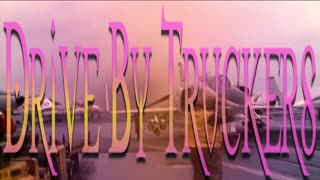 12:27
12:27
Psychological operations
5 days agoBob When The Pin Hits The Shell Cottonseed Drive By Truckers
634 -
 7:31
7:31
Dr. Nick Zyrowski
9 days ago#1 Most IMPORTANT Benefit of NAC ( N-Acetyl Cysteine)!
1.1K1 -
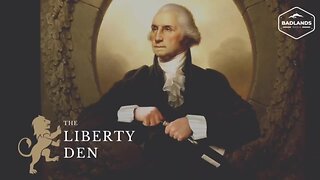 LIVE
LIVE
Badlands Media
9 hours agoThe Liberty Den Ep. 144
11,014 watching -
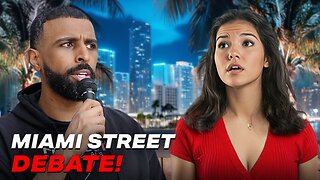 2:17:11
2:17:11
FreshandFit
5 hours agoMiami Street Debate
21.1K29 -
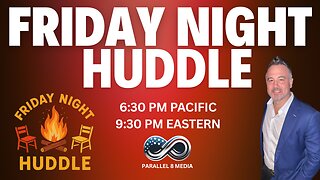 LIVE
LIVE
Parallel 8 Media
2 hours agoFriday Night Huddle - Ep 8
2,561 watching -
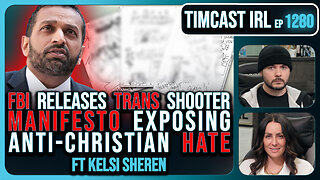 2:04:46
2:04:46
TimcastIRL
4 hours agoFBI Releases TRANS Shooter MANIFESTO Exposing Anti-Christian HATE | Timcast IRL
210K74 -
 1:12:03
1:12:03
Man in America
9 hours ago🚨 They're SPRAYING Us Like Insects—And Now They're Targeting Our Kids
18.3K11 -
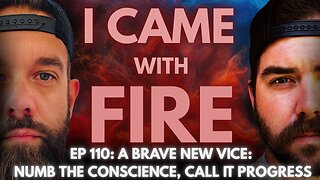 LIVE
LIVE
I_Came_With_Fire_Podcast
7 hours agoA Brave New Vice: Numb the Conscience, Call it Progress
455 watching -
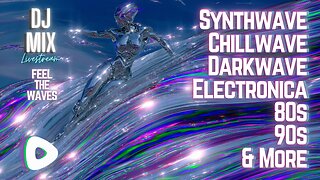 LIVE
LIVE
SynthTrax & DJ Cheezus Livestreams
1 day agoFriday Night Synthwave 80s 90s Electronica and more DJ MIX Livestream Feel The Waves Edition
268 watching -
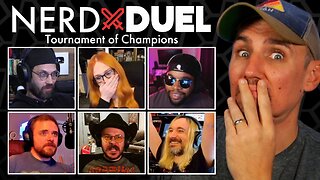 2:09:19
2:09:19
Side Scrollers Podcast
5 hours agoNerd Duel Tournament of Champions! Who Will Win?!
33.8K3